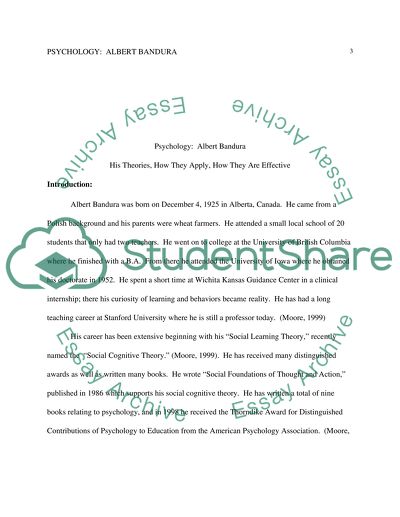Cite this document
(“Psychology: Albert Bandura His theories, how they apply and how they Research Paper”, n.d.)
Retrieved from https://studentshare.org/psychology/1449804-what-theory-this-psychological-figure-proposed
Retrieved from https://studentshare.org/psychology/1449804-what-theory-this-psychological-figure-proposed
(Psychology: Albert Bandura His Theories, How They Apply and How They Research Paper)
https://studentshare.org/psychology/1449804-what-theory-this-psychological-figure-proposed.
https://studentshare.org/psychology/1449804-what-theory-this-psychological-figure-proposed.
“Psychology: Albert Bandura His Theories, How They Apply and How They Research Paper”, n.d. https://studentshare.org/psychology/1449804-what-theory-this-psychological-figure-proposed.


